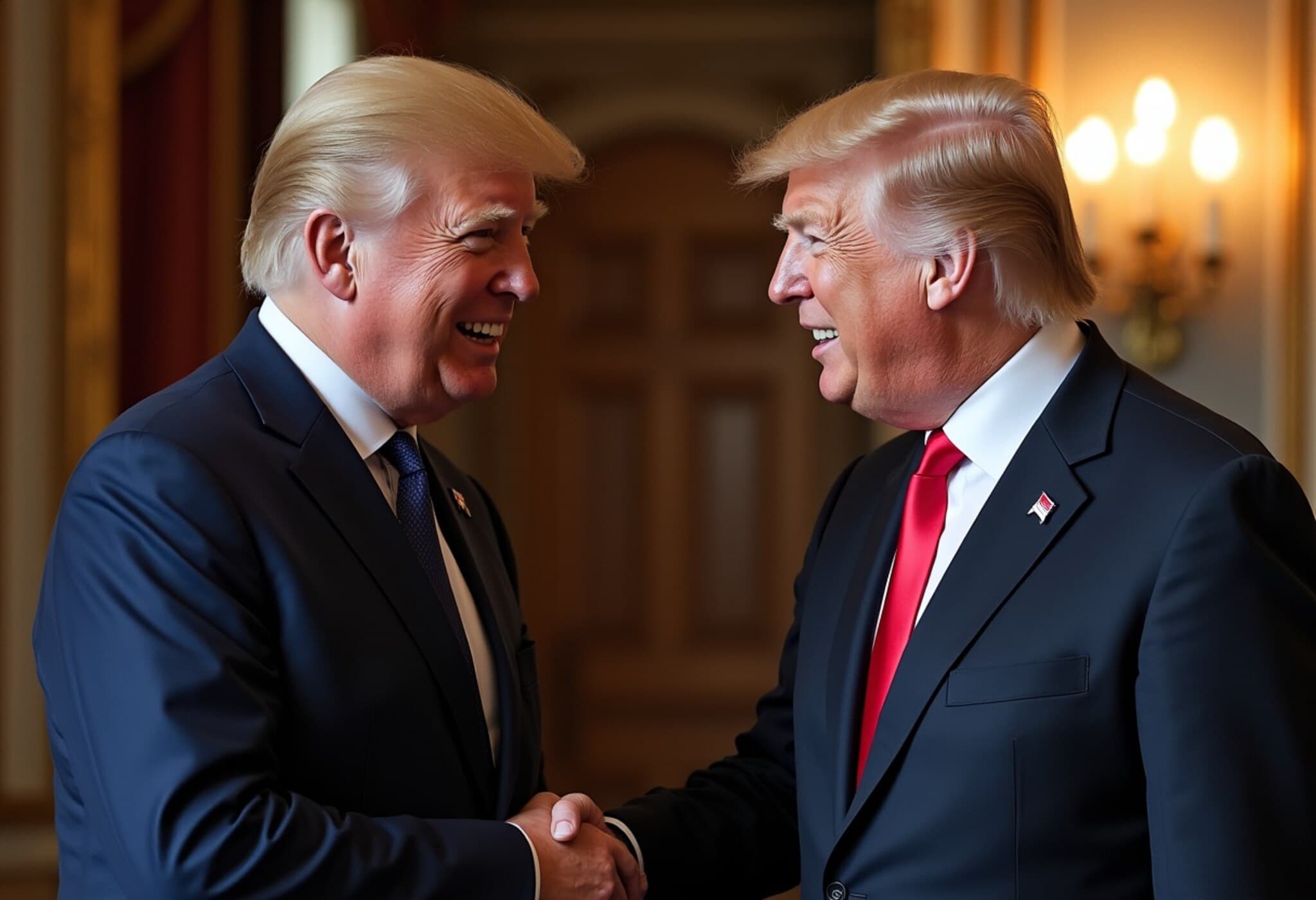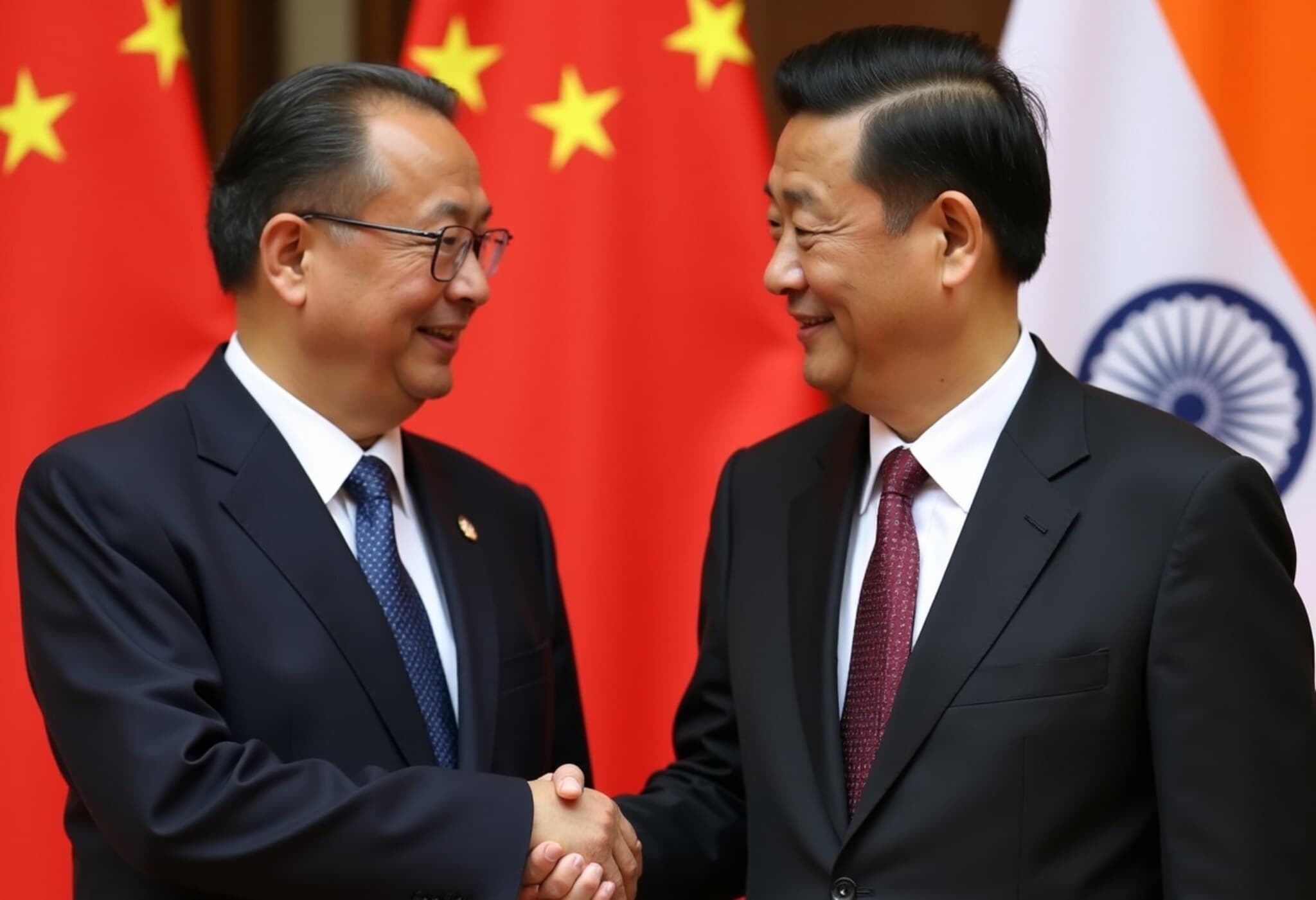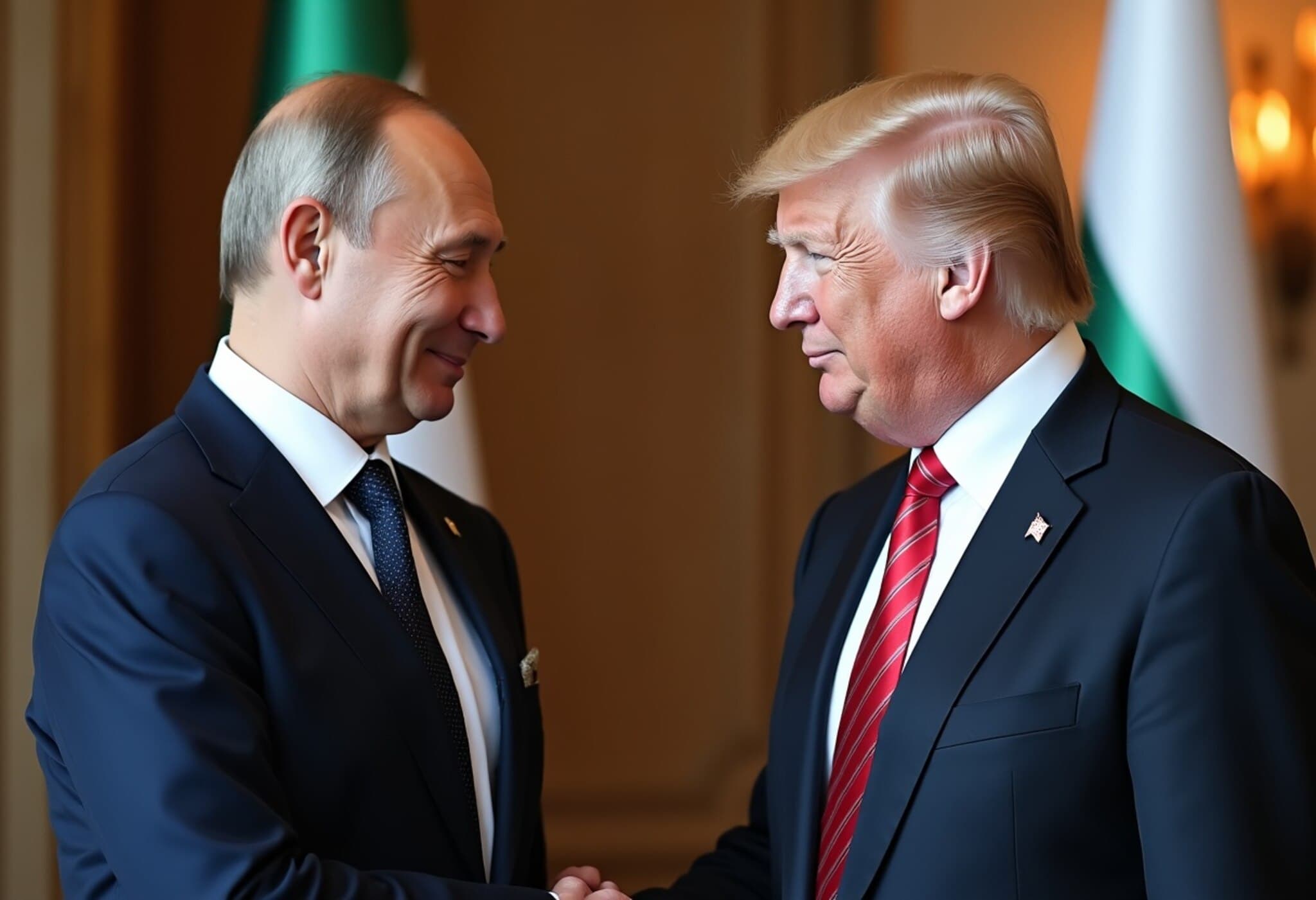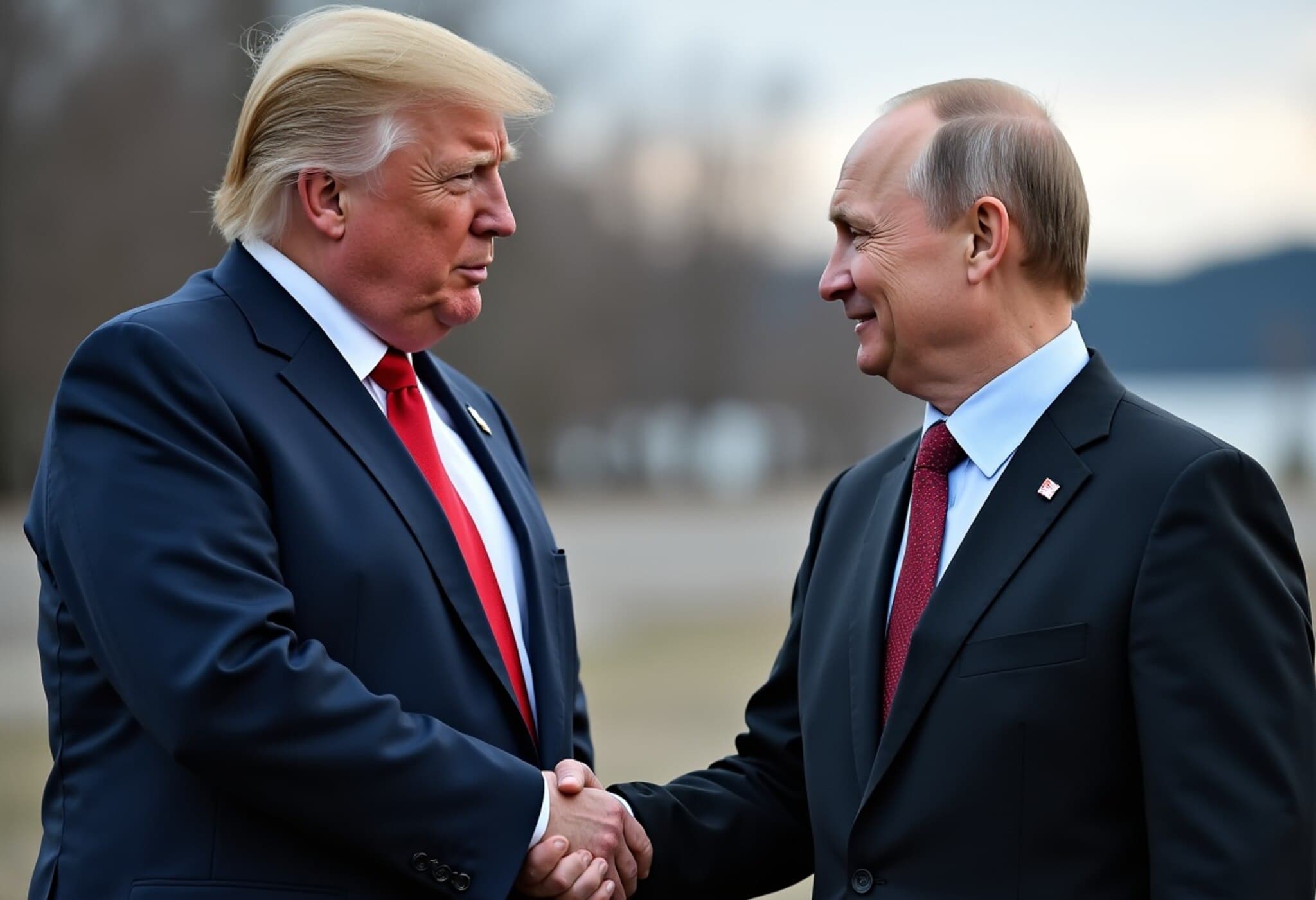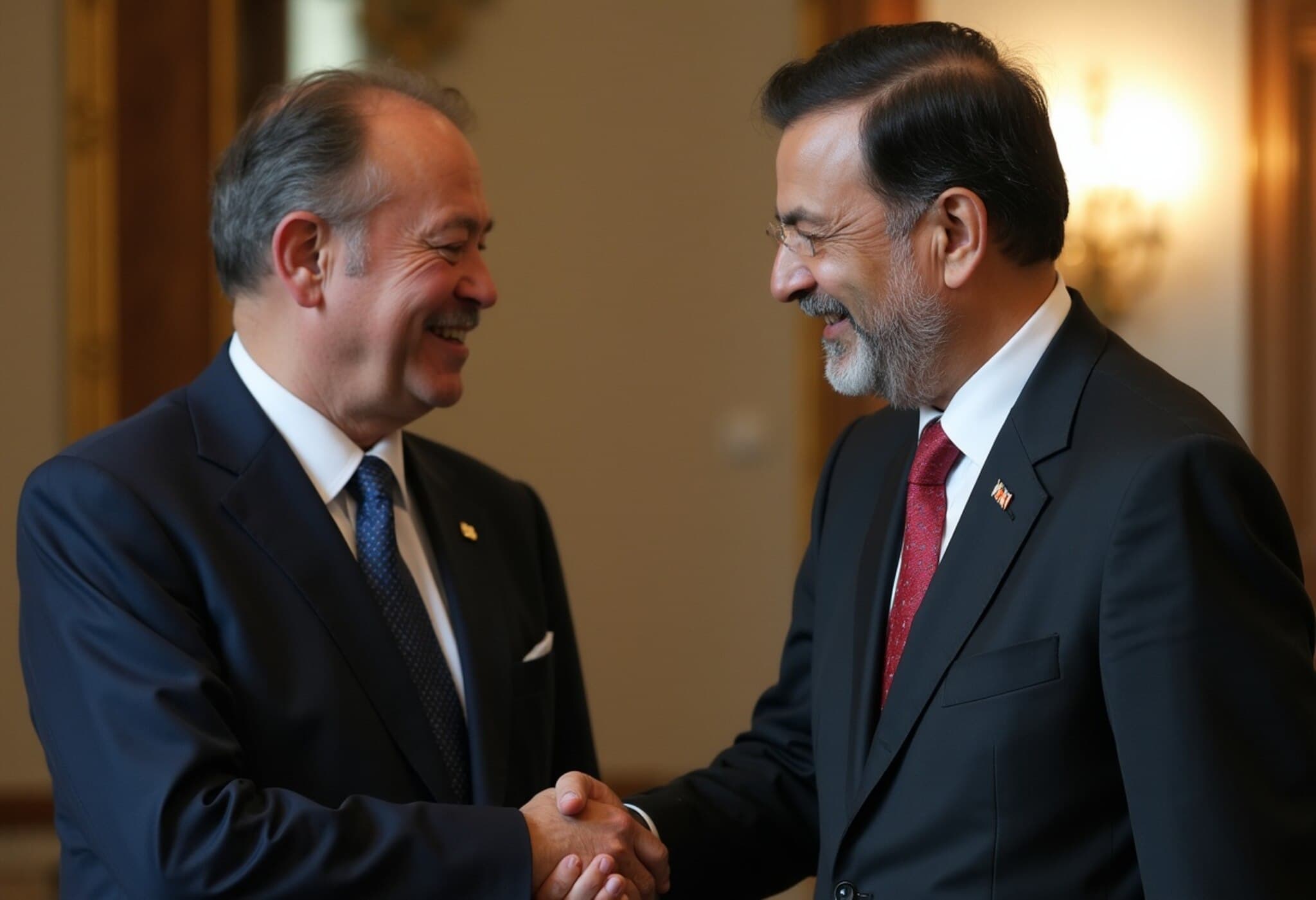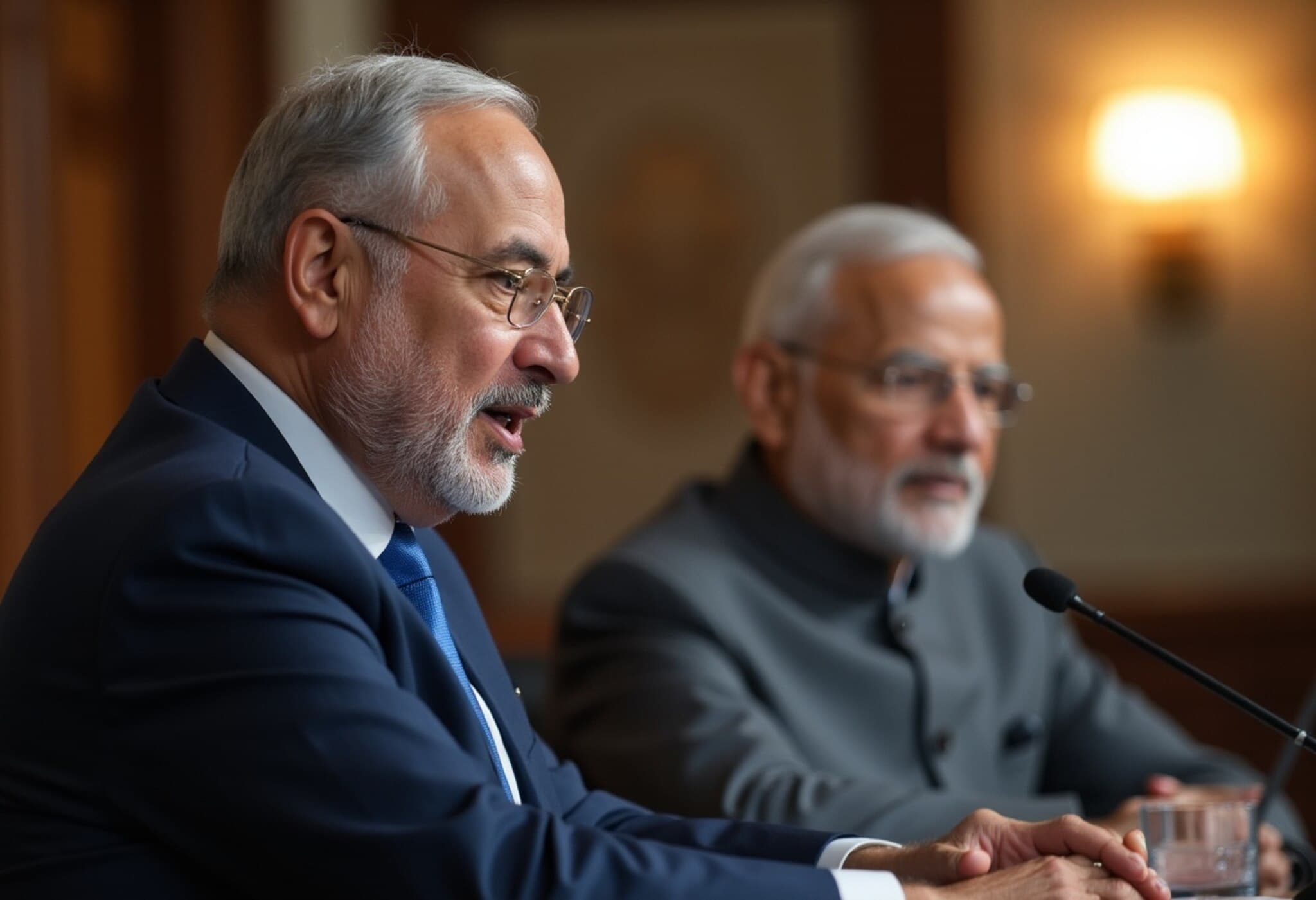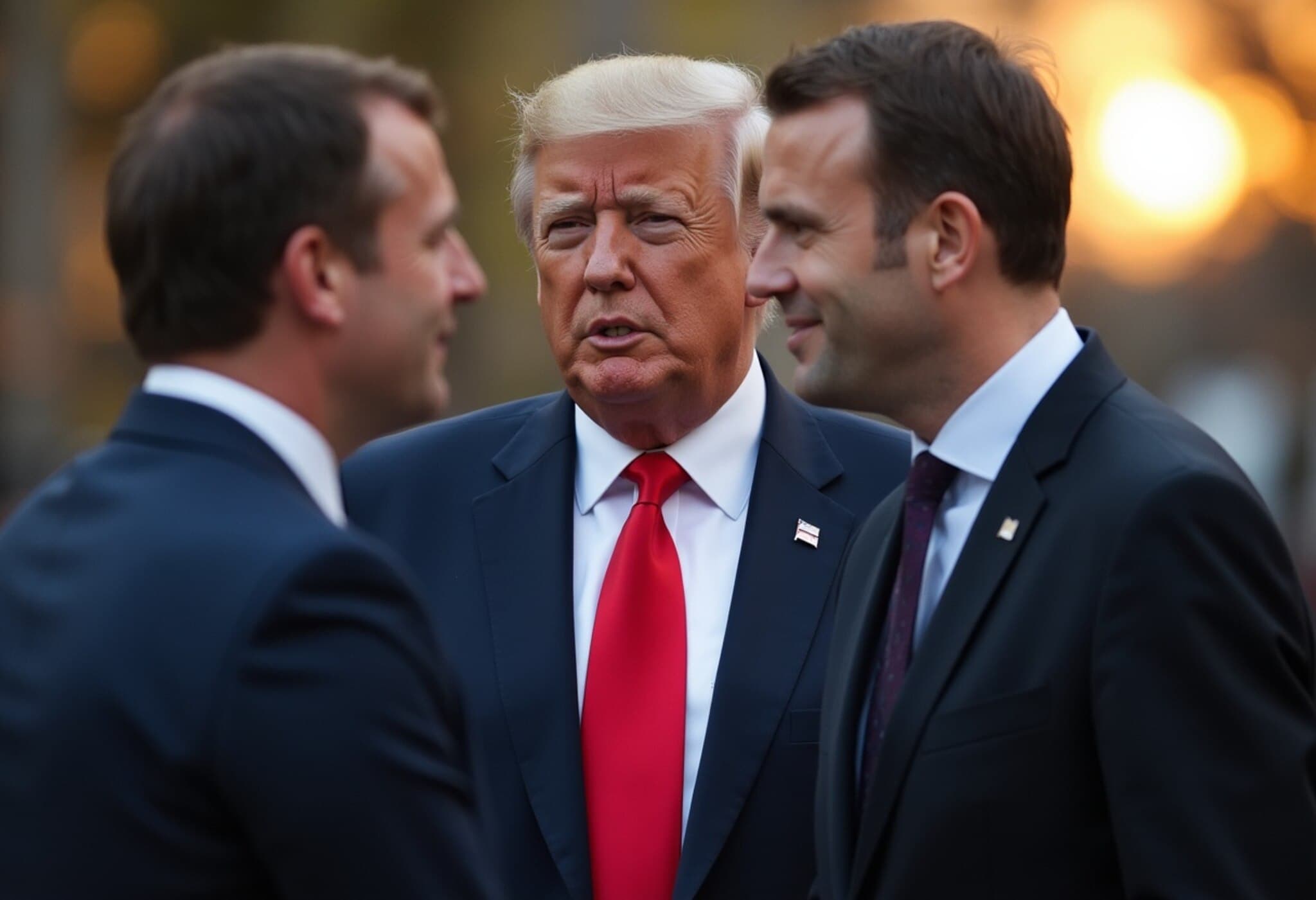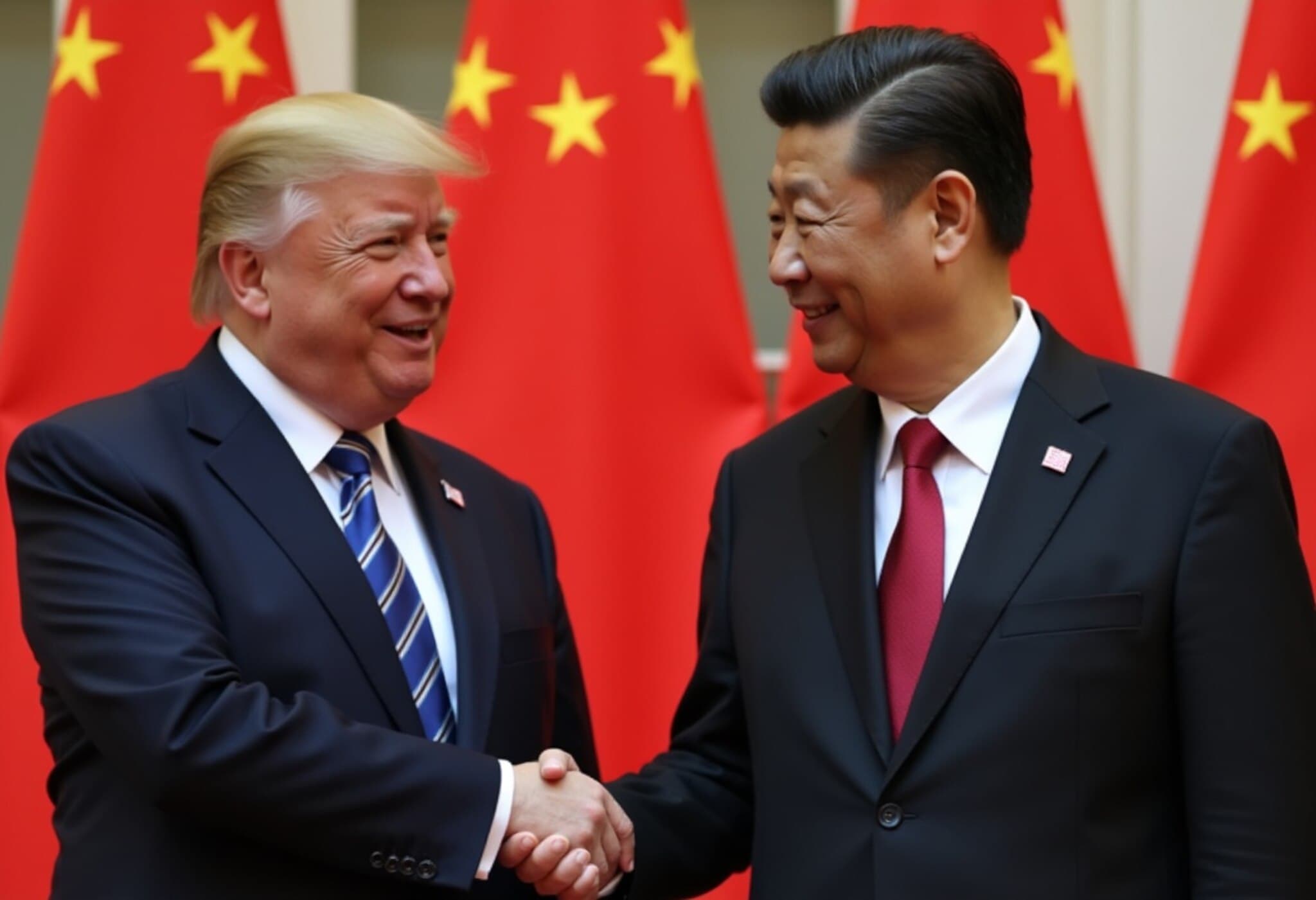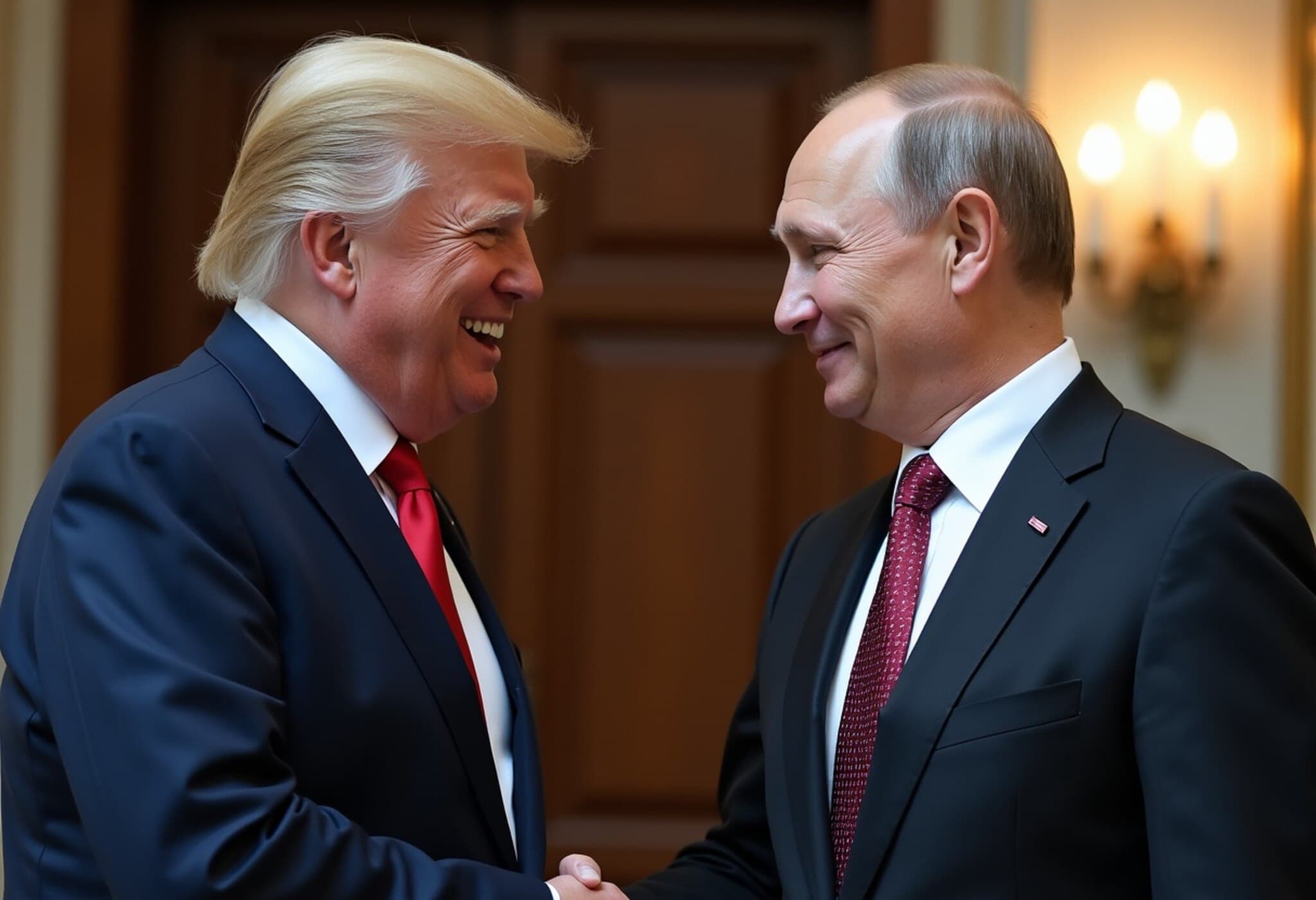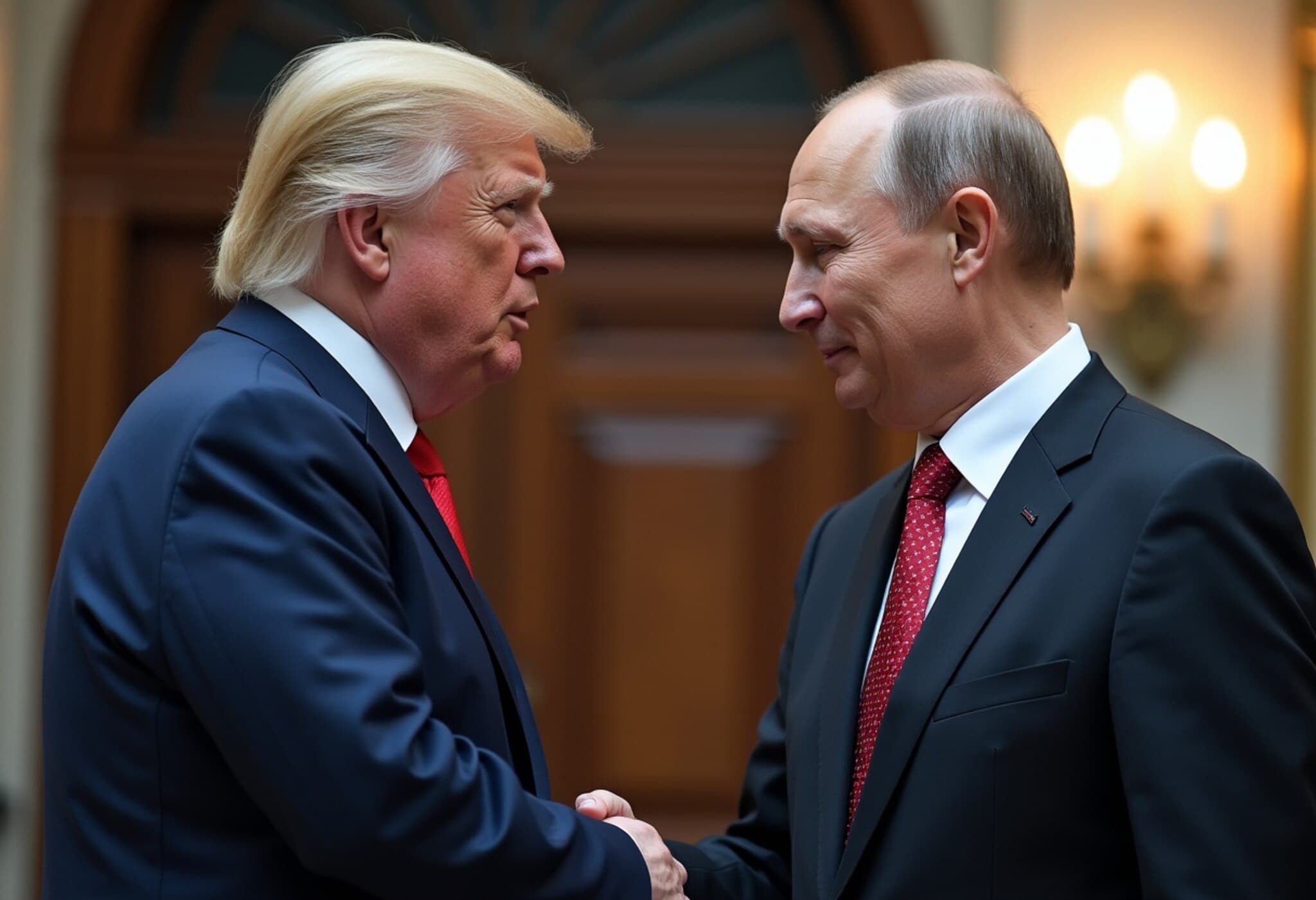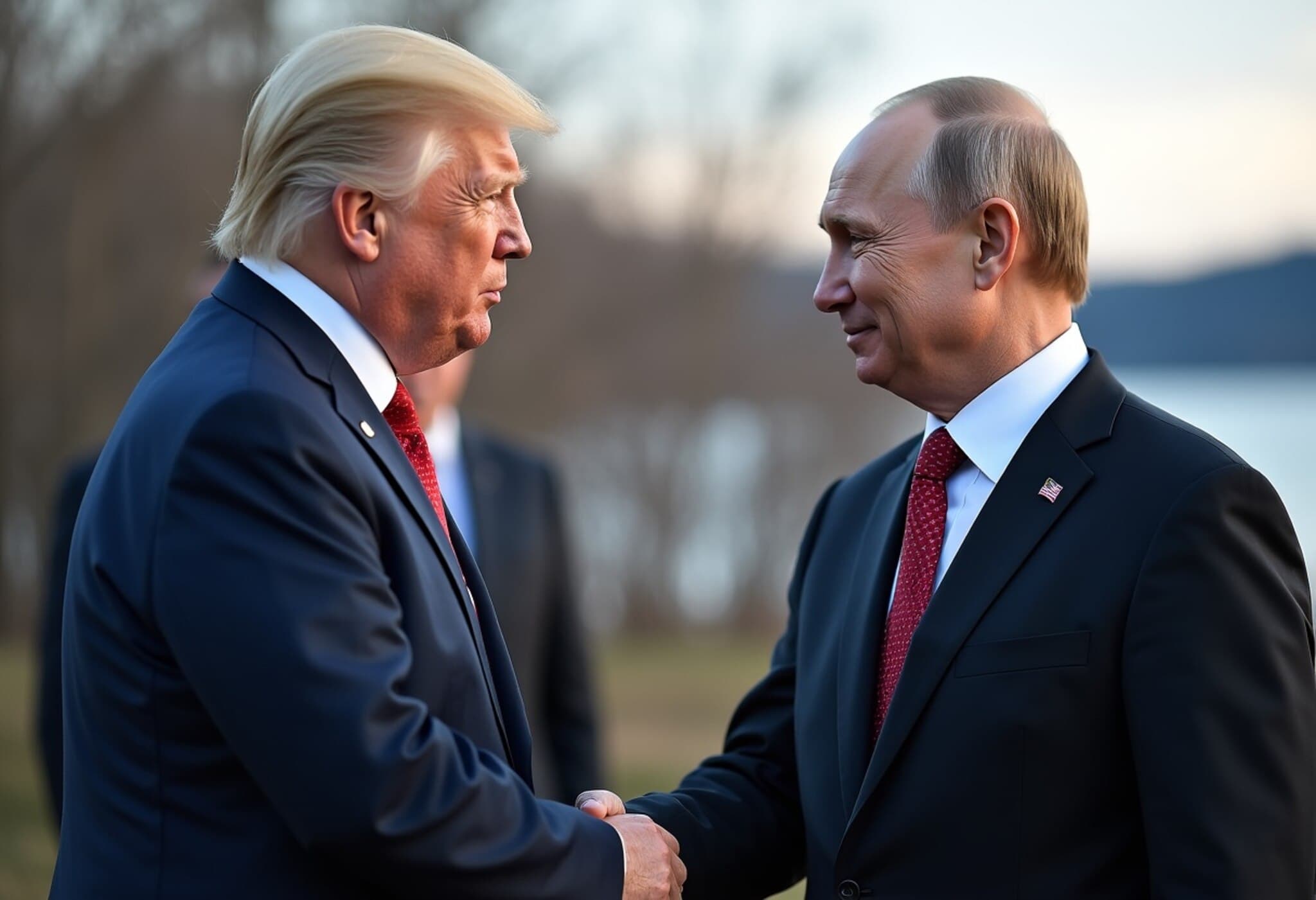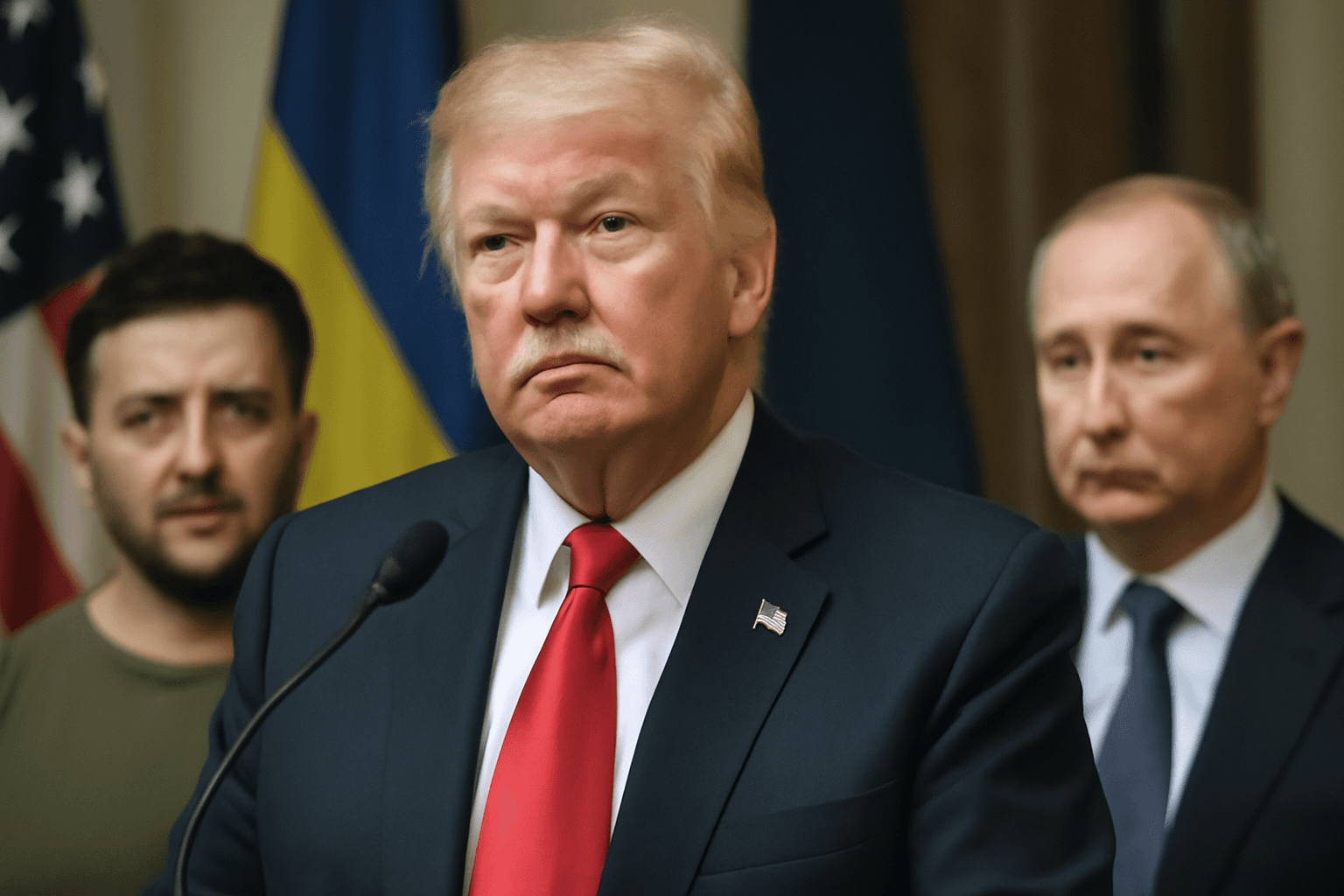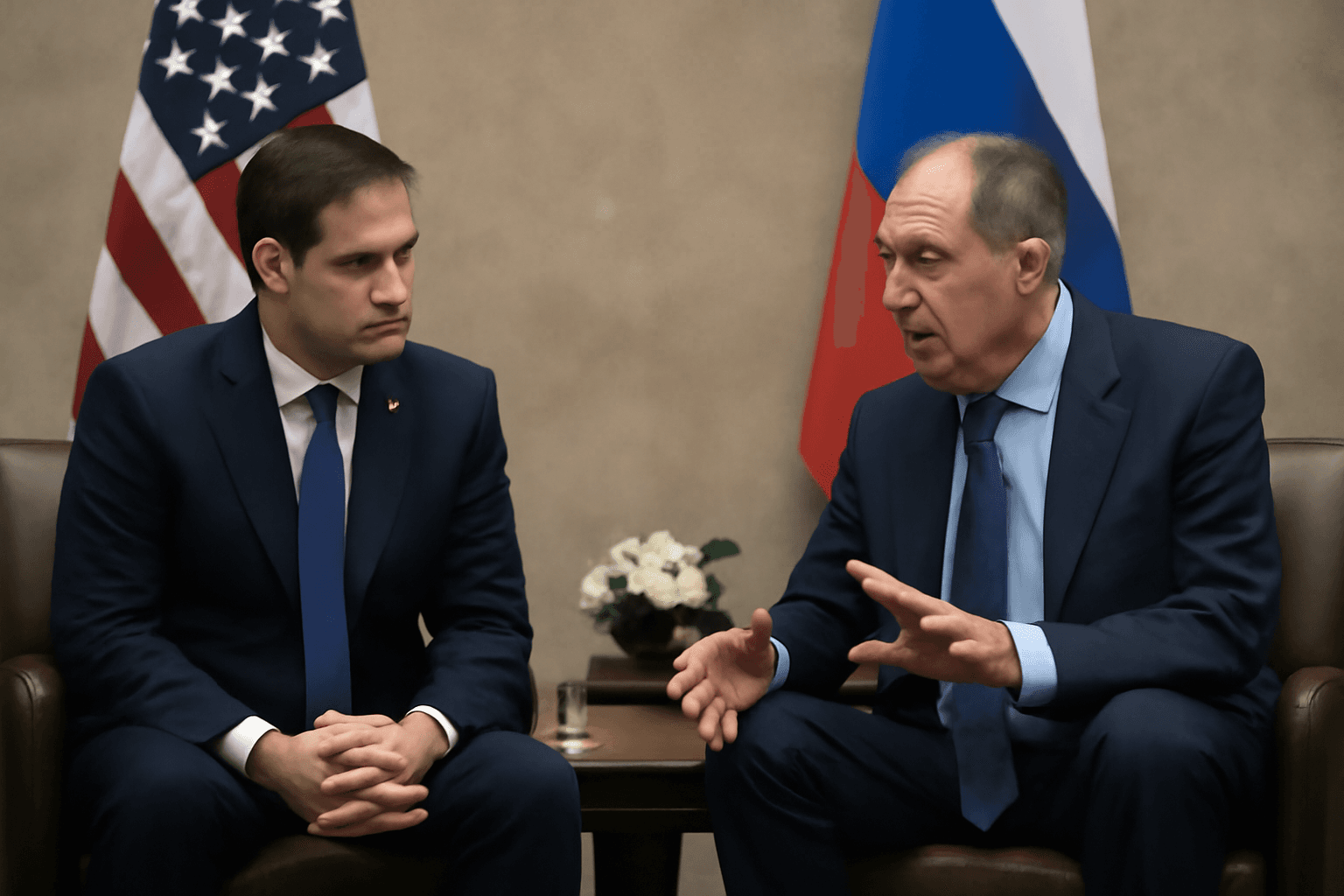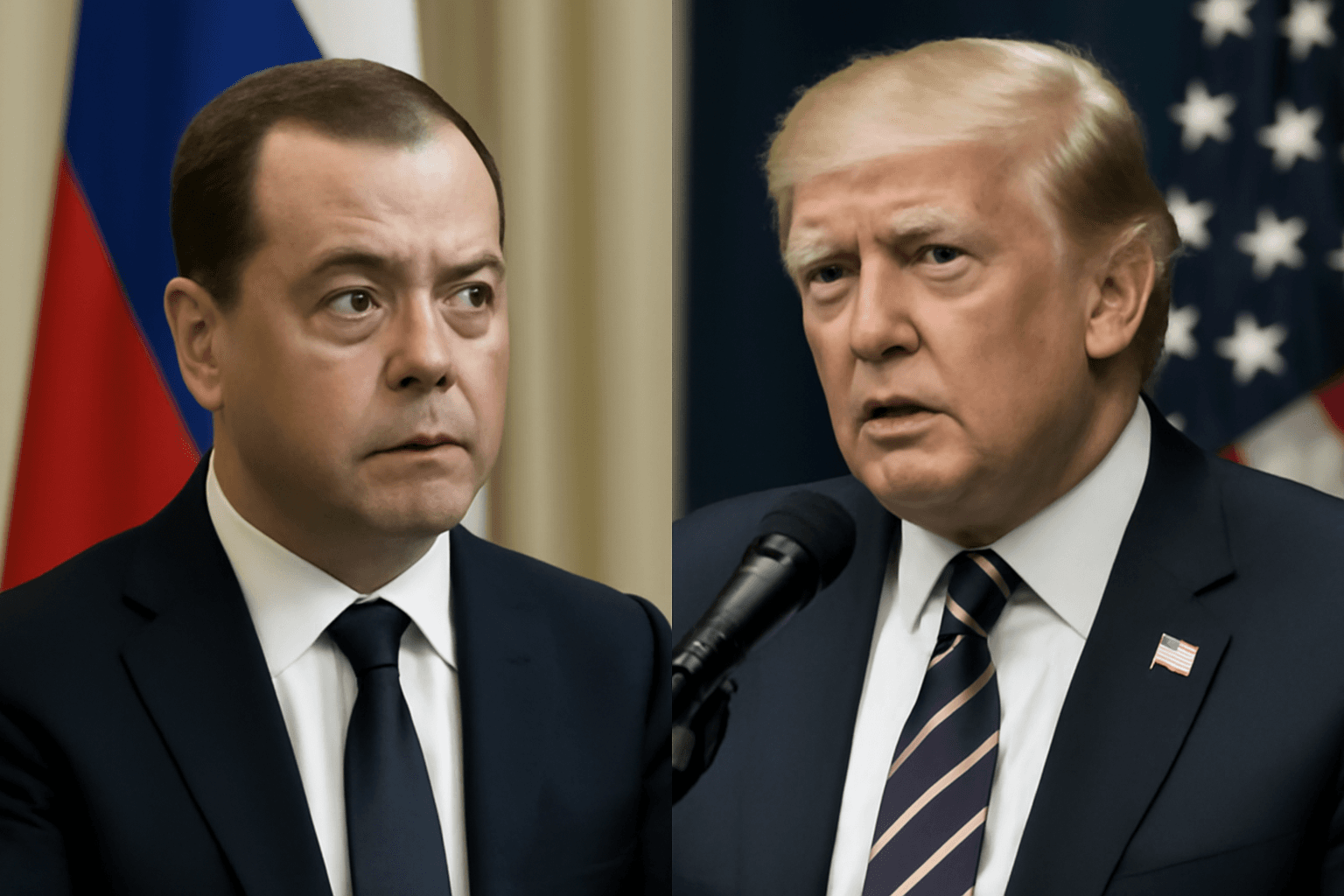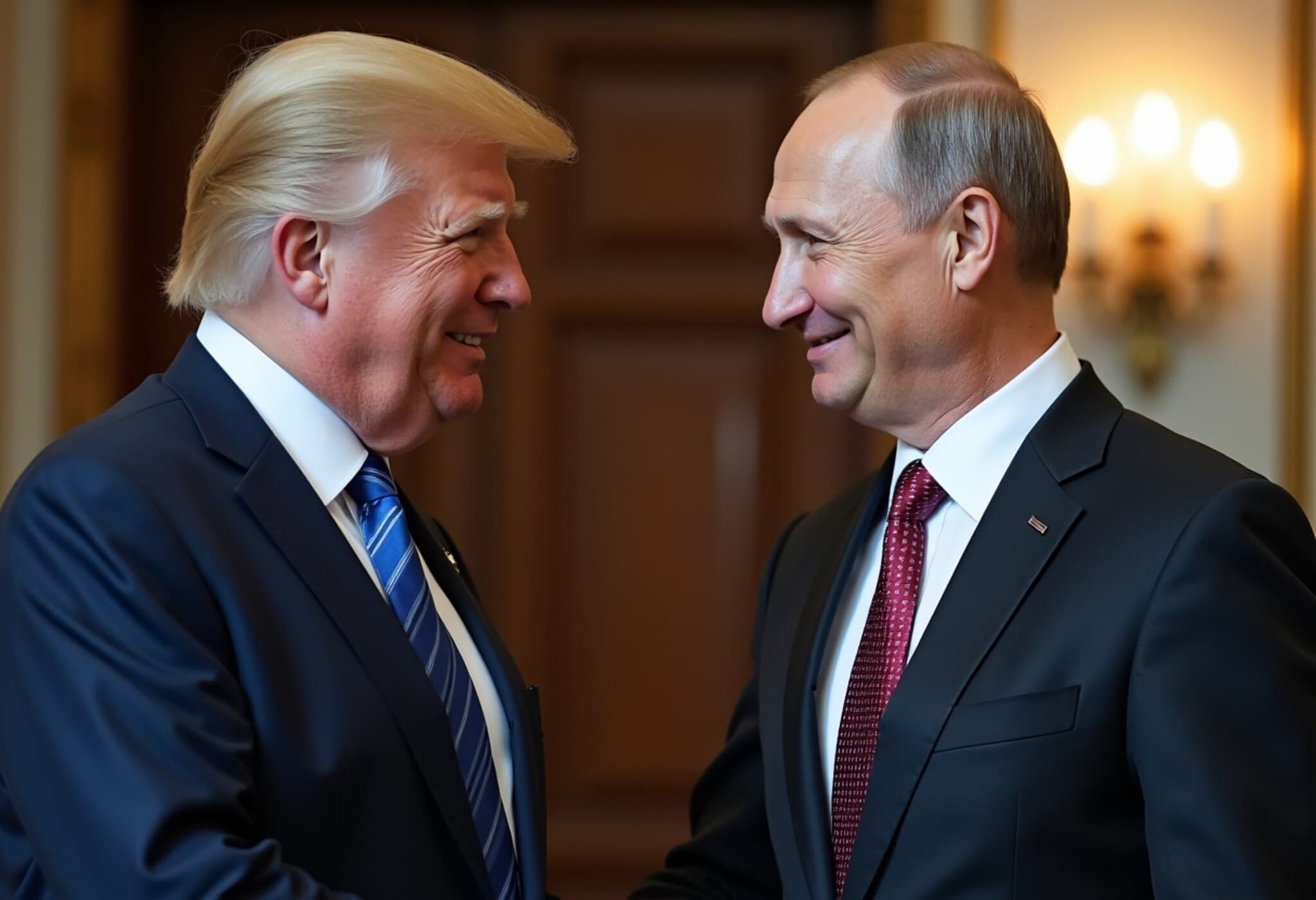Trump and Putin Prepare for Landmark Meeting to Address Ukraine Conflict
In a development poised to capture global attention, former U.S. President Donald Trump and Russian President Vladimir Putin have scheduled a high-stakes meeting in Alaska aimed at exploring pathways to end the devastating war in Ukraine. This meeting, announced on August 10, 2025, signals a rare diplomatic effort that could influence the course of an ongoing conflict that has reshaped international relations and regional security.
Contextualizing the Historic Encounter
The Russia-Ukraine war, which erupted in early 2022, has triggered widespread humanitarian crises and tested global alliances. Against this turbulent backdrop, the prospect of Trump and Putin convening face-to-face is intriguing for experts and policy analysts alike. Although Trump is no longer the sitting U.S. president, his enduring influence in American politics and his unique rapport with Putin bring an unusual dynamic to the negotiations.
What Is at Stake?
- Ending Prolonged Conflict: With tens of thousands of lives lost and millions displaced, a de-escalation remains a critical international priority.
- Geopolitical Ramifications: Any progress could redefine U.S.-Russia relations and impact NATO’s strategic posture in Eastern Europe.
- Economic Consequences: The war has disrupted global energy markets and food supply chains, so peace talks carry significant economic implications.
Expert Insights and Unanswered Questions
Dr. Elaine Harper, a veteran foreign policy analyst, notes, “This meeting is as much about sending political signals as it is about concrete diplomacy. Trump’s unconventional approach combined with Putin’s strategic calculations could either open doors or complicate ongoing multilateral efforts.”
Key questions linger: How will current U.S. administration officials respond to an unofficial envoy like Trump engaging directly with Putin? Can this dialogue harmonize with broader Western sanctions and support for Ukraine? And critically, will voices from Kyiv be part of the conversation, ensuring Ukraine’s sovereignty remains front and center?
The Broader American Perspective
Within the United States, reactions are mixed. Supporters view the talks as a pragmatic step toward peace that transcends partisan divides, while critics warn of bypassing established diplomatic channels. This dichotomy underscores broader debates about America’s role in global conflict resolution and the influence of former leaders in unofficial diplomacy.
Looking Ahead: The Possible Outcomes
While the meeting itself does not guarantee immediate breakthroughs, it offers a rare moment for dialogue amid entrenched hostility. Observers will be watching closely for declarations of ceasefire intentions, humanitarian aid agreements, or frameworks for further negotiation that could lay groundwork for lasting peace.
Why Alaska?
Alaska’s geographical and symbolic position—close to Russia yet part of the U.S.—renders it a neutral yet significant venue. Historically, contentious Cold War talks found footholds in unlikely settings, reminding us that the location of diplomacy often carries its own powerful message.
Editor’s Note
This unfolding diplomatic effort between two polarizing figures invites us to reflect on the complexities of peacemaking in an era marked by rivalries, shadow diplomacy, and hybrid warfare. Whether this encounter catalyzes progress or highlights the limits of personal diplomacy, it underscores a universal truth: enduring peace requires engagement, courage, and inclusive dialogue. As developments emerge, we encourage readers to consider the broader implications for global security and the fragile human cost behind political negotiations.


